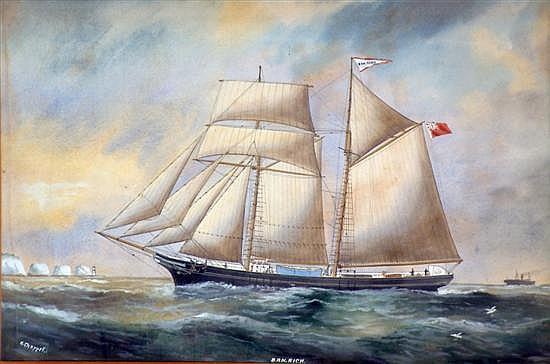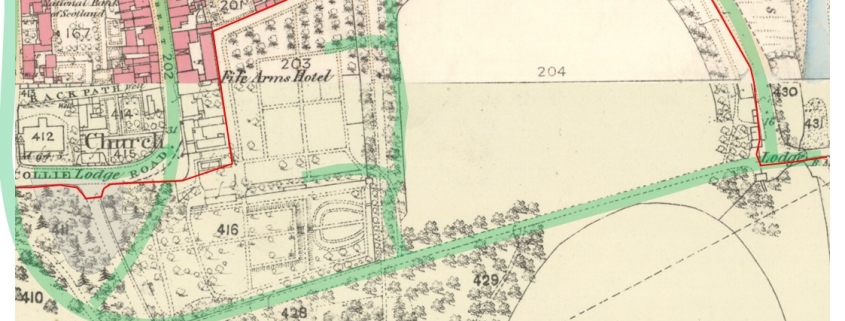In 1873 a young local man became an apprentice gardener in Banff, living in the Bothy just behind the Vinery in what is today known as Airlie Gardens, but used to be one of the kitchen gardens for Duff House and the Lord Fifes. Forty years later the same man was in New York, still working in the same industry, but now owning two acres of downtown Manhattan.
John Donaldson had decided he wanted a career in gardening and seemed to take it quite seriously. After a year at Duff House learning his trade, he took a job at Vogrie House near Edinburgh, and from there to a larger estate in Yorkshire, before moving to one of the largest nurseries in the UK at the time, Veitch Nurseries based in London. After a spell at Regents Park Zoo (then called the Zoological Gardens), with his wife he emigrated to New York in 1893. He learnt more of the nursery trade with two large nurseries there, before starting his own business on Long Island, growing flowers, particularly carnations and lillies. We even know some of the preferred varieties that he grew, which of course were those popular amongst the rich of New York. At the beginning of the twentieth century New York, a very crowded place, was a very smelly place, and flowers were one of the means that the better off could do to have a better smelling atmosphere!

Many of these were sold on the street at flower markets in New York, but wanting to improve sales and provide more certainty, John became one of the founders of the “New York Cut Flower Exchange”. By 1912 he became the President of that organisation. This still exists, centred around W 28th Street, between Manhattan and Greenwich Village, not far from the Empire State building (although that was only built in 1931).
Today it may seem strange, but of the two acres he owned in Manhattan, flowers were still being grown. John lived there himself, and had only six other houses on what amounted to 28 city lots; the rest of the land was still productive, although he also had a nursery at Elmhurst, about 3 miles to the east on Long Island.
He started to sell some of the Manhattan lots; one was sold for $60,000 in about 1912 – equivalent today of about US$ 2 million!
There is much more research to complete, but John Donaldson of Banff is one local lad that certainly did make his way in the world.



